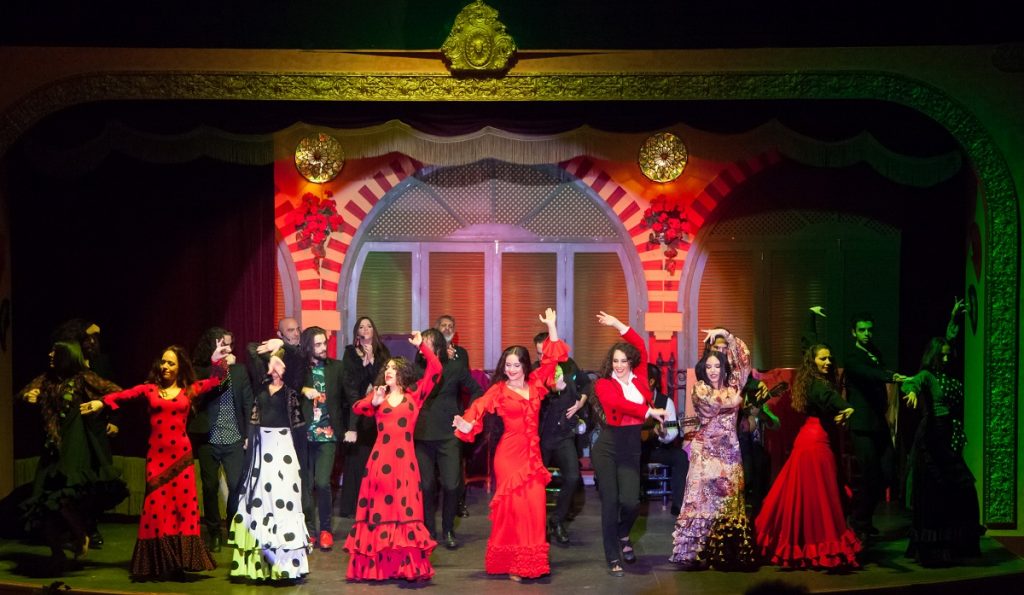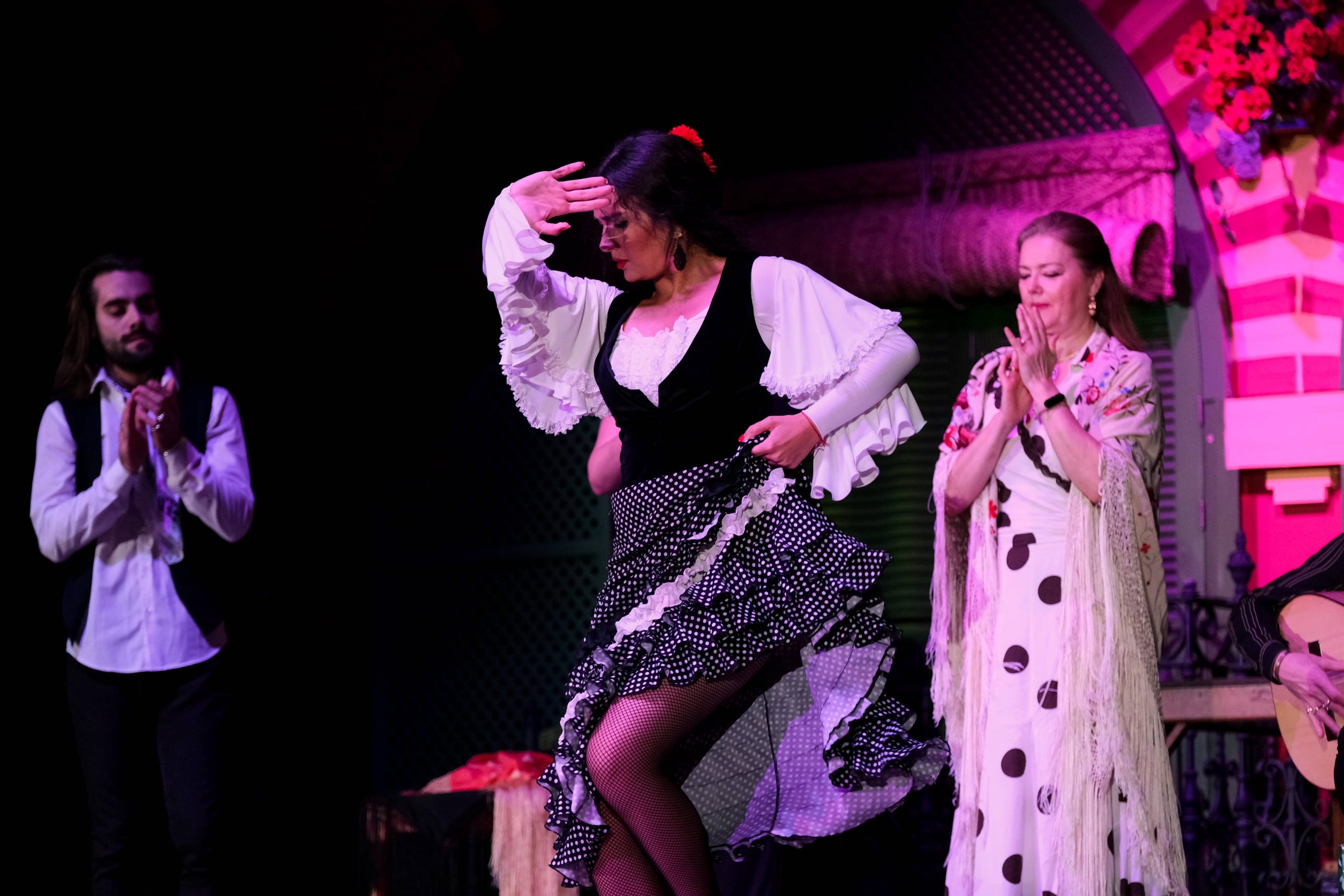
The taranto is a flamenco style that emerged in Almería (Spain), specifically in its mining area, and derives from the taranta. The difference between both styles is that the taranto has compass, something that makes it danceable, being a dance very similar to that of the zambra mora. On the contrary, the taranta is compass free.
Pepe el Morato is considered the first to interpret a taranto, but as pioneers of this song you can also refer to singers such as Ciego de la Playa, Juan Abad Díaz ‘Chilares’ and ‘El Cabogatero’.
As we mentioned earlier, the taranto arose in the Almeria mining area, between the towns of Garrucha and Cuevas de Almanzora, hence it is part of the group of the ‘cantes de minas’ (songs of the mines) or Levante, to which the fandango and the taranta are added , matrix of this style.
The evolution of this song took place between the 19th and 20th centuries in Almería. On the nights of the ‘cafés cantantes’ (cafes singers) of that time, the tarantos began to be part of the repertoire of the flamenco shows that were held in places like the ‘Frajalito’, the ‘Lyon de Oro’ and the ‘Spain’.

But as is often the case with this art, the taranto has been enriched and drank from other styles. This is the case of cantes (singings) from the region of Murcia, whose link was the mining life and the coming and going of singers like El Morato and Chilares, who lived between Cartagena and Almería.
This flamenco style also has influences from other Andalusian areas such as Jaén, Linares and La Carolina, thanks to the link of the mining railroad between Almería and Linares, something that allowed Almeria taranteros (singers of taranto) to come into contact with Jaén artists such as El Bacalao, El Cabrerillo or Basilio.
Between Almeria and Malaga there was also a lot of exchange of flamenco art. The stay of the singer from Malaga La Rubia in the casino of Almeria, where she was hired, or the interest of Antonio Chacón to know Almeria songs, are an example of the enrichment and influences that existed between one province and another.
As for the dance, Carmen Amaya is the creator of the Taranto around 1940. He adapted it to the dance, with 4×4 compass, on a tour that took him to New York, although in principle he called it Zambra by Rondeñas. In this way, he introduced this style in flamenco dances making it one of the most popular.
As a style of singing, the taranto is characterized by having a binary compass, which is what differentiates it from the rest of ‘cantes de minas’ (mining singings). It is sung in fragments of four bars, each one with greater or lesser freedom by the ‘cantaor’ (singer), which is maintained until the cadence, where the compass is resumed in order to facilitate the dance.
It is one of the simplest and most primitive songs. It is interpreted on a couple of four or five octosyllable verses and the theme of the lyrics are usually of love or mining environment. It is a sober song, with a sharp finish, which sometimes concludes with an “aaaayyyyy queeee!”.
As a dance style, the taranto is sober and collected. It has structural elements of the stylized dance, with alternating rhythm between the marking of the letter and the brushes. It includes calls and transfers and takes the rhythm of the tangos.

Taranto is a dance that is consolidated within the repertoire of flamenco shows. In the daily show that El Palacio Andaluz celebrate, the taranto is included in the styles that our artists interpret. Its marked emotional character, makes it a style of great beauty for the viewer.
In our flamenco tablao, you can enjoy how a taranto is sung and danced thanks to the art that our artists splurge. If you visit Seville, include a live show in your cultural leisure plan. Make your online booking! We will wait for you!
© 2024 El Palacio Andaluz. All rights reserved.